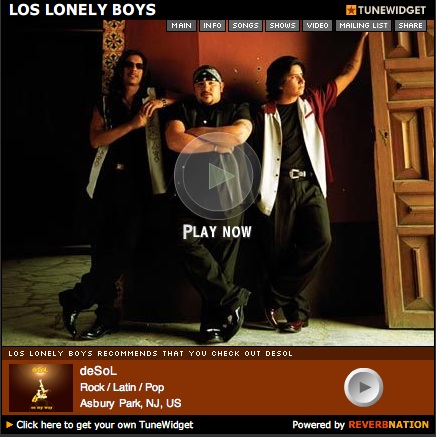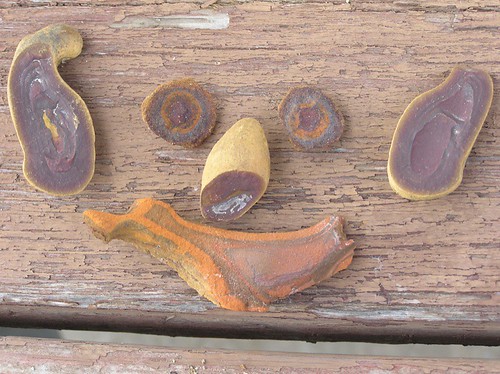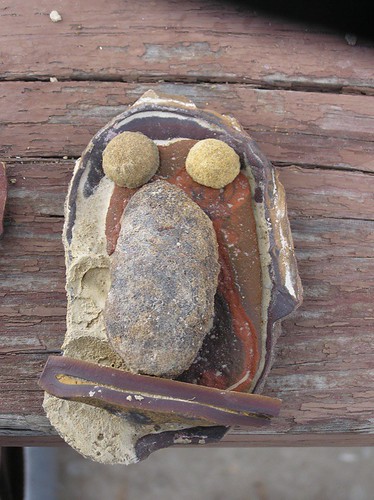Swedish Pop Invades Facebook!
Wednesday, September 26, 2007
In the last few weeks, the Swedish indie music scene has come on to Facebook in droves. When I started writing about how distributed this scene was across various spots on the internet last March, there was nothing going on on Facebook. When I did the final proofread of my paper on that subject in early August, there was enough that it needed to be mentioned. Now the scene I wrote about there is all over Facebook.
For instance, Magnus Bjerkert of Adrian Recordings, has created an Adrian Recordings group. There is a group for Hybris records, an inside job by their own Mattias Lövkvist (I confess to a wee bit of inadvertent intervention there since the Hybris persona appeared on Facebook within a few hours of my asking him in an interview whether he was using Facebook for Hybris, to which he responded that he was only using it for himself). In the last two weeks I’ve ‘friended’ a few of my favorite Swedish musicians – no one famous, but people whose music I really love.
Magnus at Adrian is doing a particularly good job of using Facebook. He’s made a group for the label, but also for its most successful artist, Familjen, and is currently using the site to encourage people to vote for Familjen in a contest with a large cash award. He’s putting up videos left and right. He’s sending out event invitations for upcoming Adrian artist events.
Now one might say “isn’t this just the MySpacification of Facebook?” and maybe it is. But I think it’s different, at least for now. And here’s how: on MySpace, from the start, bands came on as bands, and fans friended them as fans. The band/fan distinction was really clear. People in bands may have had individual accounts as well, but they were a different entity.
In contrast, Facebook has a culture of profiles representing real individuals, and though that is increasingly getting watered down by organizations (including bands) creating Facebook profiles, I think that when an artist or record label person creates an account on there, there is still a sense that this is the person, not just the persona. On MySpace I could be friends with Hell on Wheels. On Virb I am friends with Hell on Wheels. On Facebook, I’m friends with Rickard from Hell on Wheels. That feels different. This is enhanced by the fact that most profiles are not visible unless you are in someone’s network or already friends. That is part of what was so disappointing about the REM member profiles.
It may be that accumulating large numbers of Facebook friends will become important for bands as it is on MySpace, but for now, it seems less like people are paying attention to how many friends someone has and more like people are linking to people with whom they have some kind of pre-existing connection. The promotion is happening for the people who are already into it, not to recruit new fans.
Today I created an It’s A Trap group on Facebook. IAT, as you may know, is a website that promotes Scandinavian music internationally. I write occasional reviews for the site and now and then I get to push an mp3 as well. Here is an interview with the site’s founder and workhorse extraordinaire, Avi Roig. He, understandably, feels like he’s got enough internet stuff going on without taking on Facebook as well. But I felt that as the scene grew and grew on there, the absence of IAT was more and more significant. Did we need a group? Well, no, we’ve got one in the IAT site. We’ve got one on Last.fm. But it just seemed like where the action is, It’s A Trap should be. And I guess it speaks volumes in regard to my own identification with the scene, and IAT, that I’d go and set it up (after running it by Avi, of course). I’m becoming an action ethnographer without even trying. I like it.







